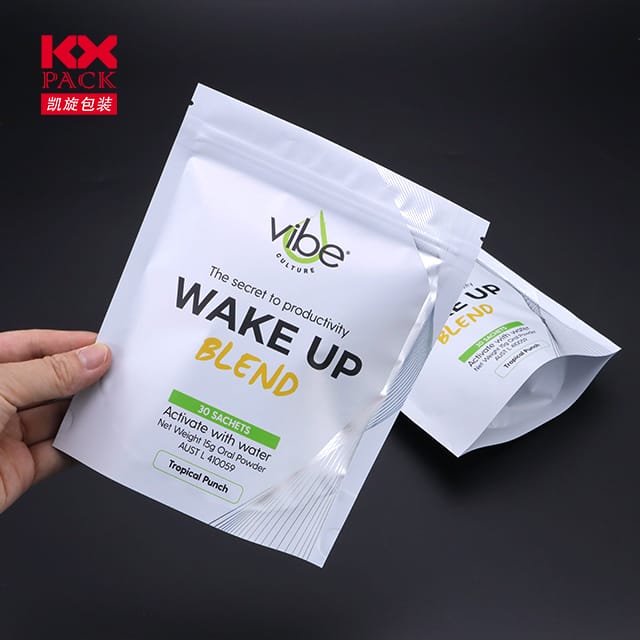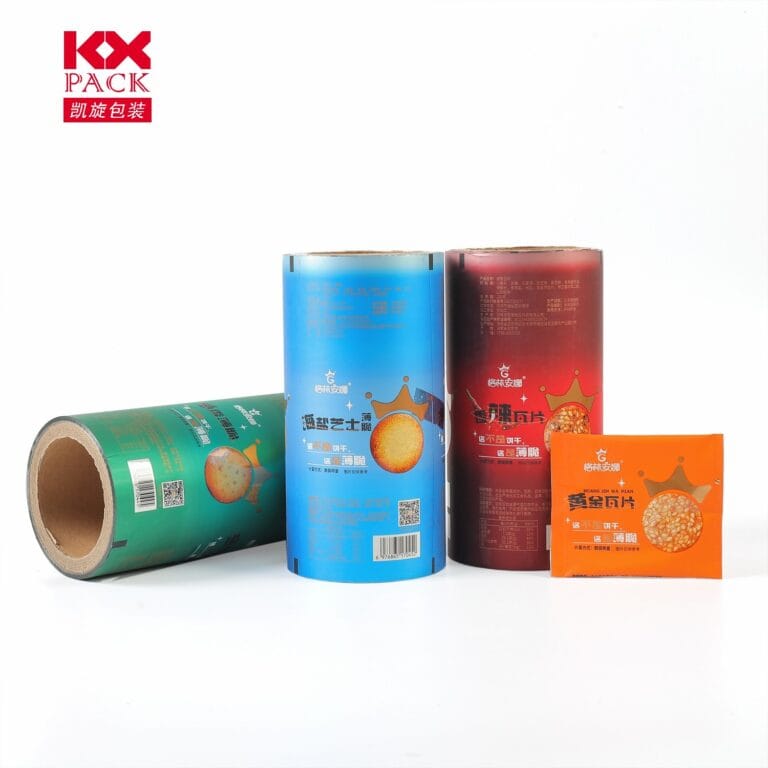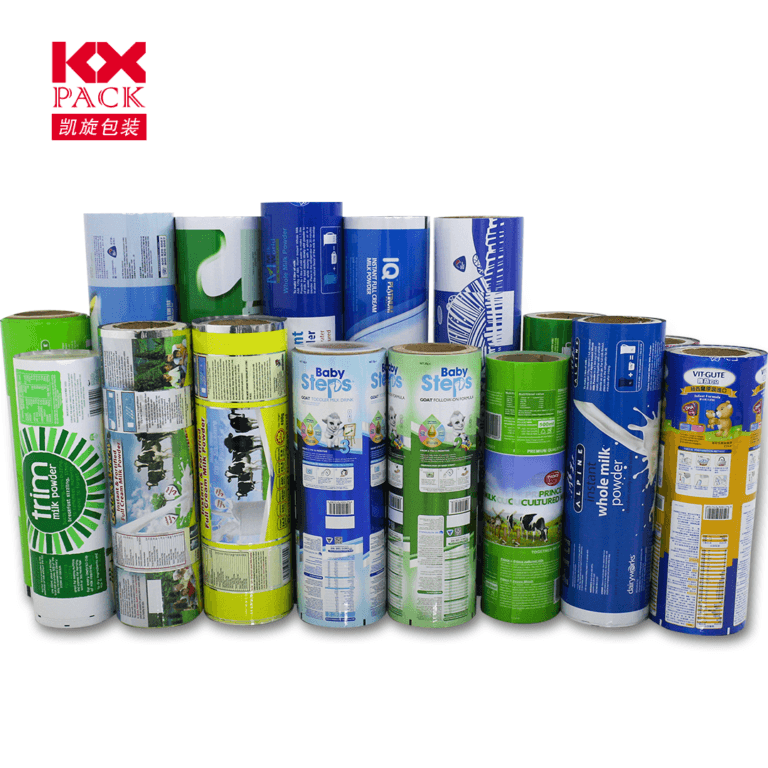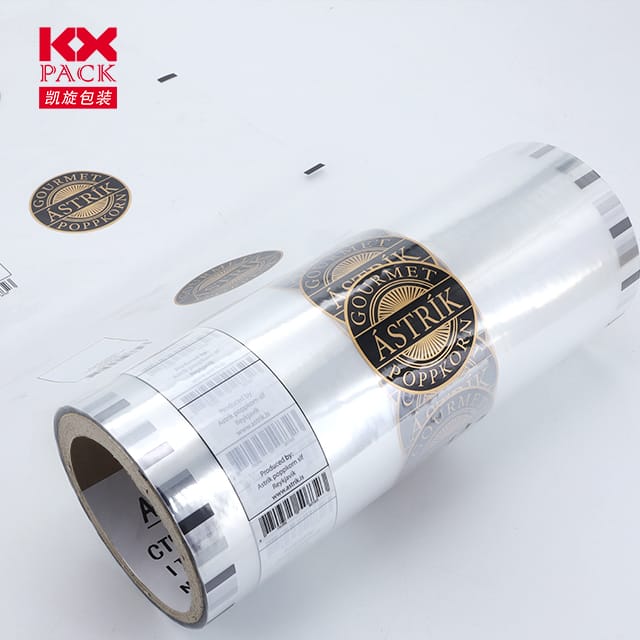Το διπλό σπαθί πλαστικού φιλμ: Καινοτομία, Ευκολία, Και η αναζήτηση για βιωσιμότητα
Πλαστική μεμβράνη
Πλαστικό φιλμ - ένα λεπτό, Το ευέλικτο υλικό που χρησιμοποιείται σε όλα, από τη συσκευασία τροφίμων έως τα γεωργικά καλύμματα - έχει γίνει ένα απαραίτητο μέρος της σύγχρονης ζωής. Η ευελιξία του, προσιτότητα, και τα λειτουργικά οφέλη έχουν επανάσταση στις βιομηχανίες, Ωστόσο, το περιβαλλοντικό του αποτύπωμα έχει προκαλέσει παγκόσμιες συζητήσεις. Ας αποσυμπιέσουμε τον κόσμο της πλαστικής μεμβράνης, Εξερευνώντας τις εφαρμογές του, προκλήσεις, και τις καινοτόμες λύσεις που αναδύονται στην εξισορρόπηση της ευκολίας με τη βιωσιμότητα.
Πλαστική μεμβράνη: Ο αφανής ήρωας της καθημερινής ζωής
Πλαστικοποιημένος, συνήθως κατασκευασμένο από πολυαιθυλένιο (Π.Ε), πολυπροπυλένιο (PP), ή PVC, είναι πανταχού παρόν αλλά συχνά παραβλέπεται. Τα βασικά του πλεονεκτήματα περιλαμβάνουν:
- Πυγμάχος ελαφρού βάρους & Διαρκής: Προστατεύει τα προϊόντα από την υγρασία, μολυντές, και σωματική βλάβη.
- Αποδοτικός: Επιτρέπει τη μαζική παραγωγή και την αποτελεσματική διανομή.
- Πολύπλευρος: Χρησιμοποιείται στη συσκευασία (Π.χ., περιτύλιγμα, σνακ τσάντες), γεωργία (κινηματογραφικές ταινίες, θερμοκήπια), κατασκευή (φραγμοί ατμών), και υγειονομική περίθαλψη (αποστειρωμένα περιτυλίγματα).
Για παράδειγμα, στη γεωργία, Οι πλαστικές ταινίες Mulch ενισχύουν τις αποδόσεις των καλλιεργειών διατηρώντας την υγρασία του εδάφους και την καταστολή των ζιζανίων. Στη συσκευασία τροφίμων, επεκτείνουν τη διάρκεια ζωής, μείωση των απορριμμάτων τροφίμων - ένα κρίσιμο όφελος σε έναν κόσμο όπου 30% της παγκόσμιας παραγωγής τροφίμων χάνεται ετησίως.
Το περιβαλλοντικό αίνιγμα
Παρά τη χρησιμότητά του, Η πλούσια ταινία δημιουργεί σημαντικές οικολογικές προκλήσεις:
- Κυριαρχία μιας χρήσης: Ένας εκπληκτικός 40% Το πλαστικό που παράγεται παγκοσμίως είναι μια χρήση, Με μεγάλο μέρος του καταλήγει σε χώρους υγειονομικής ταφής ή ωκεανούς.
- Ανακύκλωση εμπόδια: Η πλαστική μεμβράνη είναι δύσκολο να ανακυκλωθεί λόγω μόλυνσης, λεπτότητα, και μικτά υλικά (Π.χ., ετικέτες, συγκολλητικά). Πολλά προγράμματα ανακύκλωσης το απορρίπτουν, οδηγώντας σε χαμηλά ποσοστά ανακύκλωσης (~ 5-15% στις Η.Π.Α.).
- Μικροπλαστική ρύπανση: Με την πάροδο του χρόνου, Η πλαστική μεμβράνη υποβαθμίζεται σε μικροπλάσματα, διεισδυτικά οικοσυστήματα, προμήθειες νερού, και ακόμη και ανθρώπινη κυκλοφορία αίματος.
Καινοτομίες ανοίγουν το δρόμο προς τα εμπρός
Η βιομηχανία πλαστικών ταινιών υφίσταται μετασχηματισμό, οδηγείται από ρυθμιστικές πιέσεις, καταναλωτική ζήτηση, και τεχνολογικές εξελίξεις. Εδώ είναι πώς:
- Βιοδιασπώμενο & Λιπασματοποιήσιμες ταινίες
- PLA (Πολυξικό οξύ): Που προέρχεται από ανανεώσιμες πηγές όπως το άμυλο καλαμποκιού, Οι ταινίες PLA αποσυντίθενται σε βιομηχανικές εγκαταστάσεις κομποστοποίησης.
- Μίγματα με βάση το άμυλο: Εταιρείες όπως η Novamont και η BASF αναπτύσσουν ταινίες που καταρρέουν στο κομπόστ ή το έδαφος εντός μηνών μέσα σε μήνες.
- Προηγμένες τεχνολογίες ανακύκλωσης
- Χημική ανακύκλωση: Διαδικασίες όπως η πυρόλυση διασπά την πλαστική μεμβράνη στα μοριακά της συστατικά, Δημιουργία πλαστικών παρουσίας παρθένου.
- Μηχανική διαλογή: Τα ρομπότ και οι οπτικοί αισθητήρες που λειτουργούν με AI βελτιώνουν την αποτελεσματικότητα διαλογής σε φυτά ανακύκλωσης, Διαχωρισμός καθαρού πλαστικού φιλμ από μολυσματικές ουσίες.
- Επαναχρησιμοποιήσιμος & Παχύτερα σχέδια
- Μάρκες όπως ο Loop και το Terracycle είναι πρωτοποριακά συστήματα επαναχρησιμοποίησης, όπου συλλέγονται πλαστικά δοχεία φιλμ, καθαρισμένος, και ξαναγεμίστηκε.
- Παχύτερος, ταινίες πολλαπλών στρώσεων (Π.χ., για συσκευασία κρέατος) επανασχεδιάζονται για να είναι πιο εύκολα ανακυκλώσιμα ενώ διατηρώντας τις ιδιότητες φραγμού.
- Πρωτοβουλίες κυκλικής οικονομίας
- Εκτεταμένη ευθύνη παραγωγού (EPR) νόμοι στην ΕΕ και στο Ηνωμένο Βασίλειο. Κρατήστε τους κατασκευαστές υπεύθυνες για τη διαχείριση του τέλους ζωής των πλαστικών ταινιών τους.
- Εταιρείες όπως η Dow και η AMCOR επενδύουν σε συστήματα κλειστού βρόχου, όπου συλλέγεται πλαστική μεμβράνη, ανακυκλωμένος, και μεταβείτε σε νέα προϊόντα.
Ο ρόλος των καταναλωτών και των επιχειρήσεων
Η αντιμετώπιση της κρίσης των πλαστικών ταινιών απαιτεί συλλογική δράση:
- Καταναλωτές: Επιλέξτε επαναχρησιμοποιήσιμα δοχεία, Υποστήριξη εμπορικών σημάτων χρησιμοποιώντας ανακυκλωμένο περιεχόμενο, και να απορρίψετε σωστά την πλαστική μεμβράνη σε καθορισμένους κάδους ανακύκλωσης (Εάν είναι αποδεκτό σε τοπικό επίπεδο).
- Επιχειρήσεις: Επενδύστε σε βιώσιμη συσκευασία, Συνεργαστείτε με συνεργάτες ανακύκλωσης, και υποστηρίζει τις αλλαγές πολιτικής (Π.χ., απαγορεύσεις σε μη ανακυκλώσιμες ταινίες).
- Κυβερνήσεις: Επιβάλλει αυστηρότερους κανονισμούς σχετικά με τα πλαστικά μιας χρήσης, επιδότηση της υποδομής ανακύκλωσης, και κίνητρα r&D σε βιοαποικοδομήσιμα υλικά.
Κοιτάζω μπροστά: Ένα μέλλον χωρίς συμβιβασμό
Η ιδανική λύση δεν είναι να εγκαταλείψουμε πλήρως την πλούσια ταινία, αλλά να την επαναπροσδιορίσουμε. Φανταστείτε έναν κόσμο όπου:
- Οι γεωργικές ταινίες διαλύονται ακίνδυνα στο έδαφος μετά τη συγκομιδή.
- Η συσκευασία τροφίμων είναι βρώσιμη ή λιπασματοποίηση, εξάλειψη των αποβλήτων.
- Η ανακύκλωση γίνεται τόσο απρόσκοπτη όσο το πετάει ένα μπουκάλι σε ένα κάδο - ευχαριστώ για έξυπνες ετικέτες και συστήματα καθολικής συλλογής.
Καινοτομίες όπως ταινίες με βάση τα φύκια (Π.χ., Σημειωματάριο) και τη συσκευασία που προέρχεται από μανιτάρια σε αυτό το μέλλον. Ενώ παραμένουν προκλήσεις, Η ορμή προς τη βιωσιμότητα είναι ασταμάτητη.
συμπέρασμα: Επανεξετάζοντας το ρόλο της πλαστικής μεμβράνης
Το πλαστικό φιλμ είναι μια απόδειξη για την ανθρώπινη εφευρετικότητα - ένα υλικό που έχει τροφοδοτήσει δισεκατομμύρια, προστατευόμενα αγαθά, και προηγμένες βιομηχανίες. Ωστόσο, το περιβαλλοντικό του διόδια απαιτεί επείγουσα δράση. Αγκαλιάζοντας βιοαποικοδομήσιμες εναλλακτικές λύσεις, Ανακύκλωση κλιμάκωσης, και την προώθηση μιας κυκλικής οικονομίας, Μπορούμε να διασφαλίσουμε ότι η κληρονομιά του πλαστικού φιλμ είναι μια πρόοδος, όχι ρύπανση.
Τι βήματα λαμβάνετε για να μειώσετε τα πλαστικά απόβλητα φιλμ? Μοιραστείτε τις ιδέες σας στα σχόλια - αφήστε την αλλαγή! 🌍💡
Λέξεις -κλειδιά: πλαστική μεμβράνη, βιότης, βιοαποικοδομήσιμη συσκευασία, ανακύκλωση, εγκύκλιος







